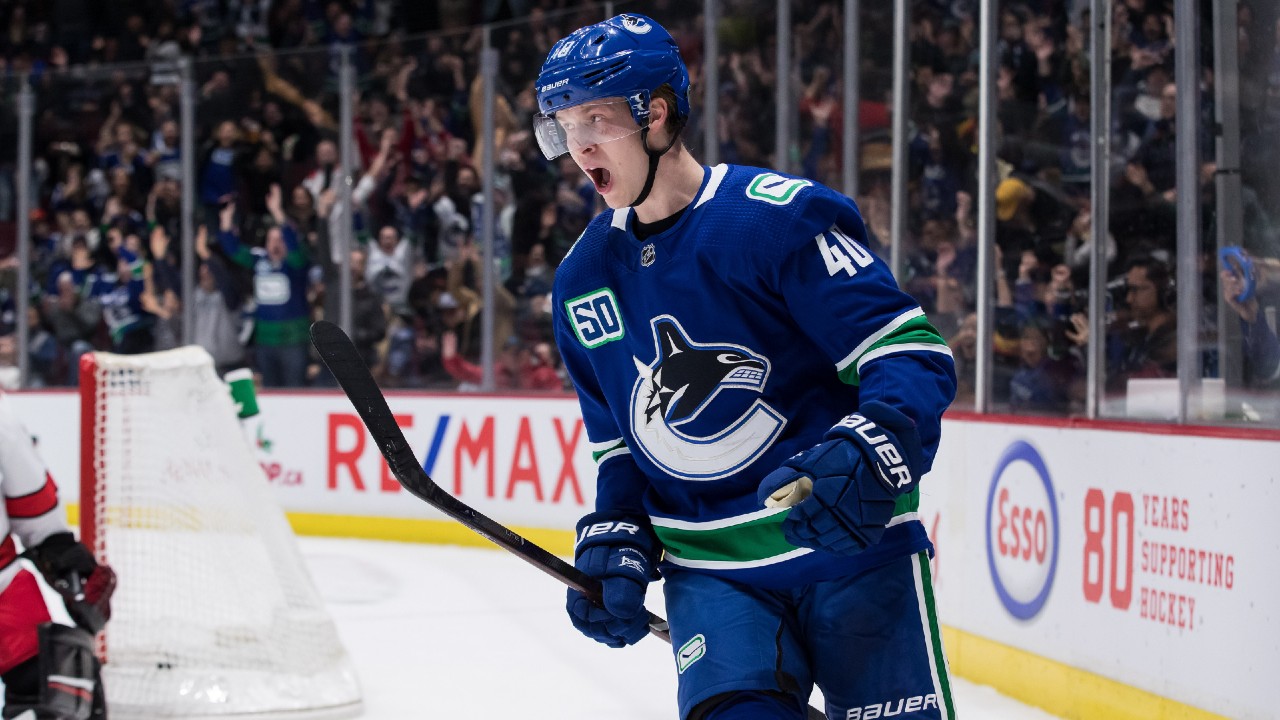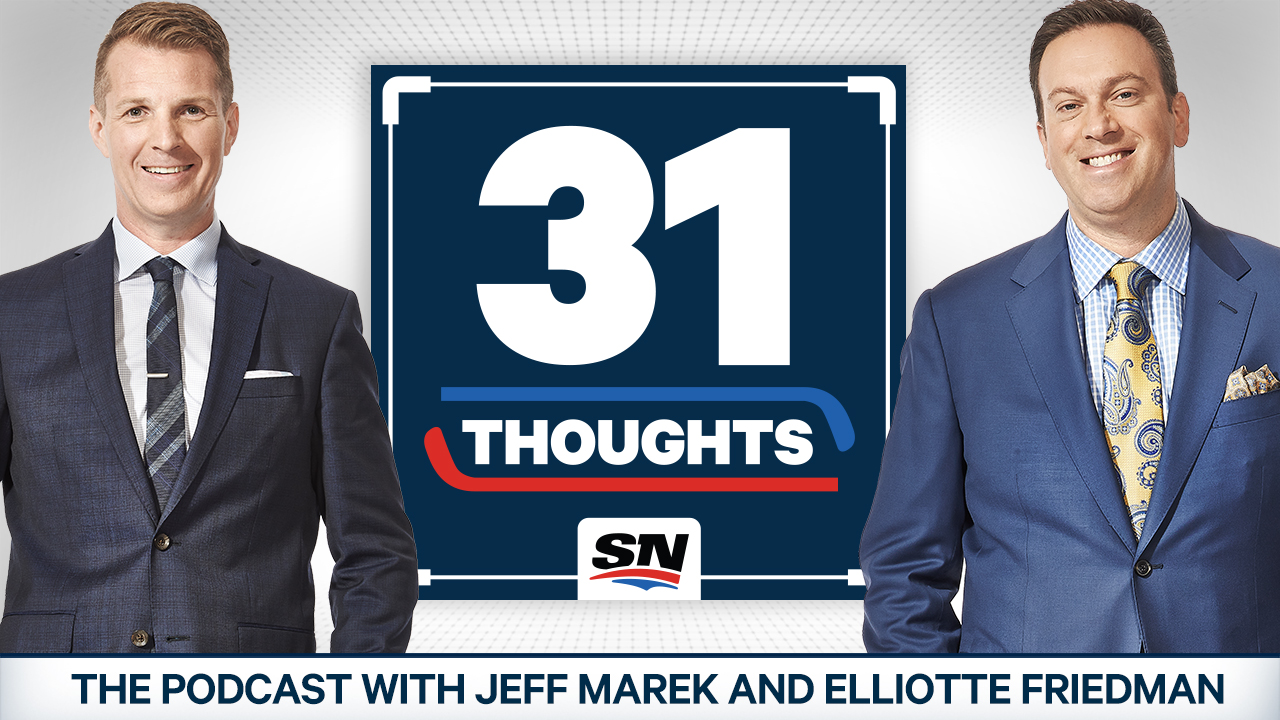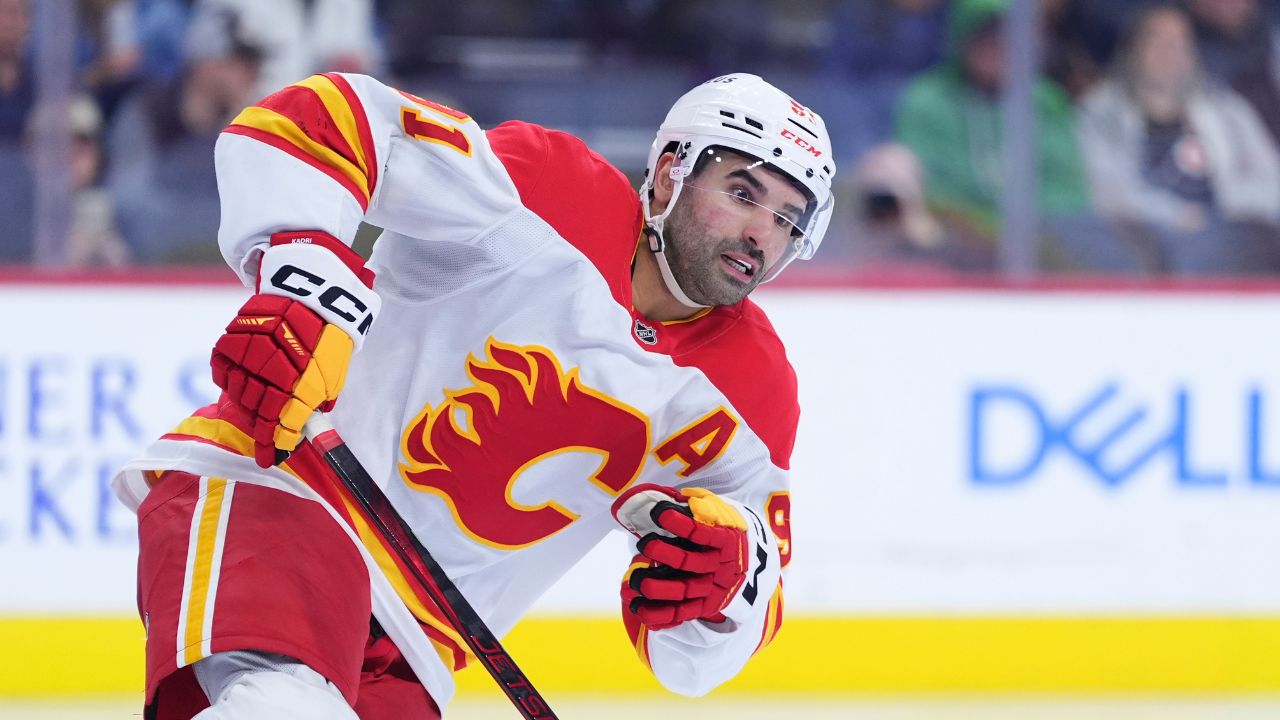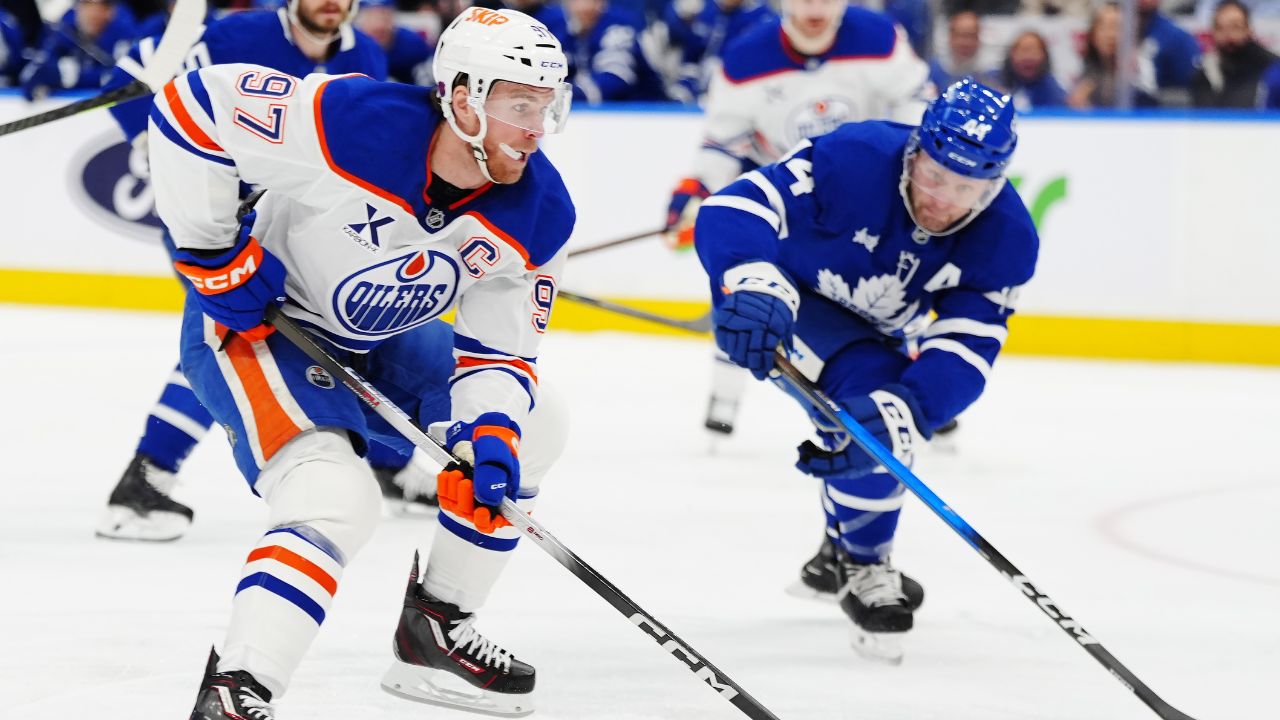
Don’t tell my bosses this, but I am a terrible negotiator.
Now that I’ve laid those cards on the table, I admit to not understanding why teams and RFAs cannot sort their business out before the start of training camp. It seems avoidable and bad for relationships. I get the concept of needing “pressure points,” but they’ve got a whole summer to negotiate these deals, and the situation does not seem that complicated. Players don’t have much leverage, teams need them in the lineup…great, let’s figure this out. If we’re gonna end up somewhere — and you almost always are: Kailer Yamamoto isn’t sitting out the 2021-22 hockey season — can’t we find a way there sooner?
That complaining aside, just how important is it that players are in the lineup on day one anyway? If a season is 82 games long and a guy misses like four games, is it a crisis?
Of course, the answer is no, it isn’t a huge crisis for anyone involved if Robert Thomas misses four games for the St. Louis Blues. It’s not a huge issue if some superstar’s eight-year deal starts Oct. 20 rather than the 12th, or whatever the specifics may be.
It’s not a huge deal, not a crisis … mathematically, anyway. That’s only 5 per cent of the season, give or take.
Unfortunately, one of the few places I am 100 per cent certain that intangibles matter is at the start of the season. When a team has good things happen early on, it helps the coach sell what he’s trying to get them to do.
If you take anything from this piece, it’s that point: the start of a new season is the most critical time of the year in getting a coaching message to take. And frankly I’m not sure any game plan or system is as important as the players actually believing in whatever it is they’re playing.
Winning drives the right message home — “Hey, this guy must know what he’s doing here.” With that buy-in comes players trusting their positional play more, and being just a little bit more reliable defensively — without the type of breakdowns that come from chasing — makes systems tougher to penetrate. Good things happening early breeds trust, which breeds success, which breeds further success.
Of course, the opposite is true too. If you lose some games in the early going, players may start to doubt what they’re doing, think a bit more and play a bit less, and the snowball effect rolls in the wrong direction. System breakdowns happen when there’s a small missed assignment, someone runs out of position to cover, and then the whole thing collapses in on itself. In hockey, where you’re on the ice with different teammates in different situations all year long, trust is crucial and gets built early.
What’s scarier for teams playing hardball with their RFAs is just how predictive early-season success is of season-long success. That’s in large part due to true team talent, but I think that’s combined with those good vibes (call it confidence) and in tangibly better play that comes with winning out of the gate.
I like to steal Elliotte Friedman’s observation on early-season success as much as possible (let’s face it, half the industry is built on stealing Elliotte’s work): teams who are four points or more out of a playoff spot on November 1 — just a few weeks into the season — make the playoffs at an astoundingly low rate.
From 2005-06 to 2018-19 (before the weird seasons), just nine teams who were four points or more out of a playoff spot on that date managed to make it in, out of the 59 teams who found themselves in that precarious position.
So yes, having your team at full strength as early as possible is important.
From the player’s standpoint, jumping on the season treadmill when it’s already moving isn’t so simple. It may “seem easy” in that these guys have finished numerous hockey seasons before, they know what the competition is like, and so why would it be any different?
Having had a late start to one season myself (torn MCL in training camp), I don’t think players appreciate the slow, tiny percentile per day ramping up of the speed and fitness and play quality that happens when you’re within it. They say if you put a frog in boiling water, he’ll jump out, but if you put him in cool water and warm it a degree at a time, he’ll chill in there until he’s dinner. A few weeks into the season, the water is at a rolling boil.
William Nylander was a great example of this in Toronto. He held out until the 11th hour in 2018-19 and the Leafs — thinking they had a shot at advancing past the first round, the audacity — got it done right before the buzzer in December. They thought they were signing Willy Nylander, but what they got was a version of Nylander that was a quarter-step behind, less effective, and possibly suffering the effects of New Contract Pressure.
The point from all this, if you haven’t picked it up yet, loops us back to the top of the article: it behooves every person involved in this process to get a contract done as soon as conceivably possible. If there’s a number to be found there — even a bridge number, if something greater can’t be worked out — they should find it sooner than later, for the express purpose of getting the most they can out of the season ahead from both sides.
There are always exceptions, but I’m a big believer that the start of a hockey season generally sets the tone for how it’s going to play out. Getting all your important players together in the meetings and practices before the first games is important, and those first games are among the most meaningful you’ll play all season.





